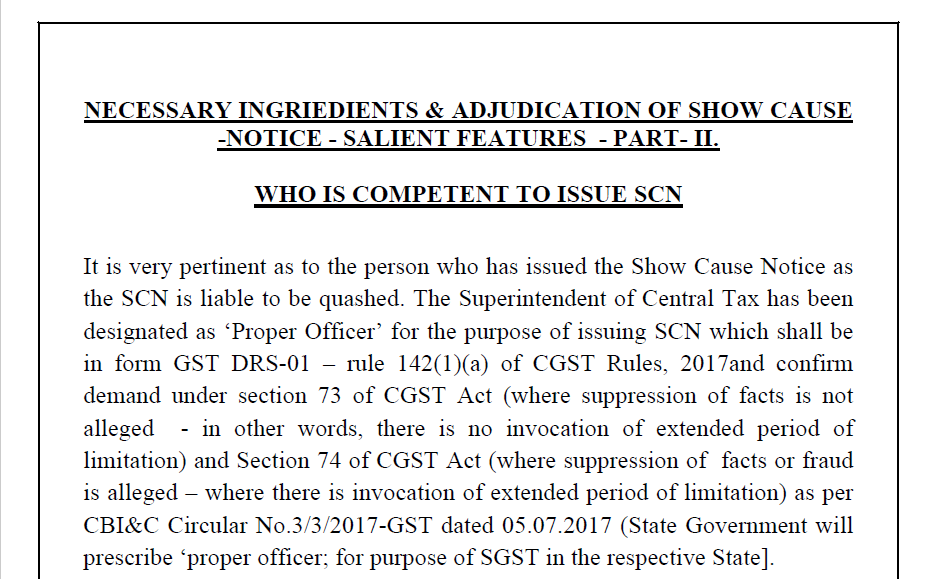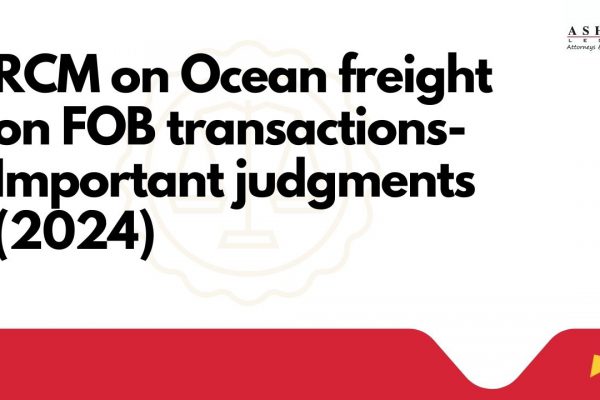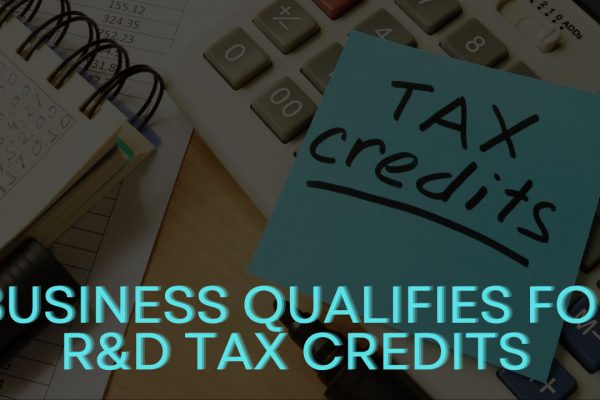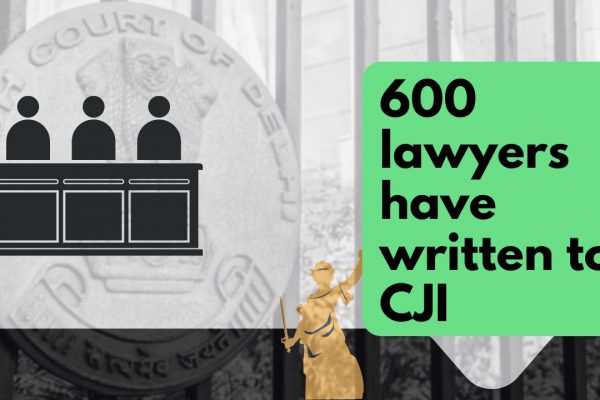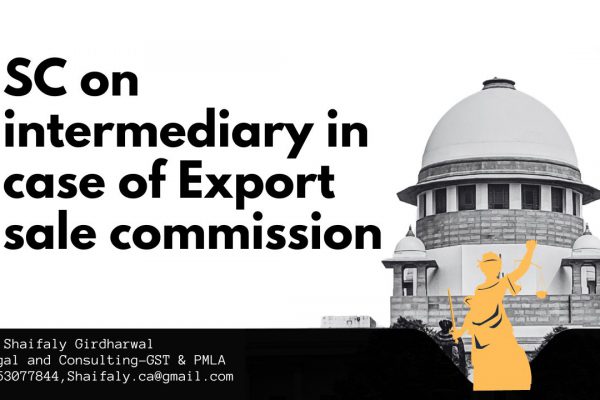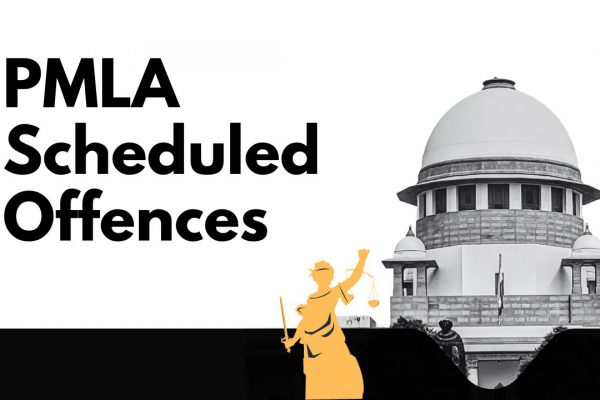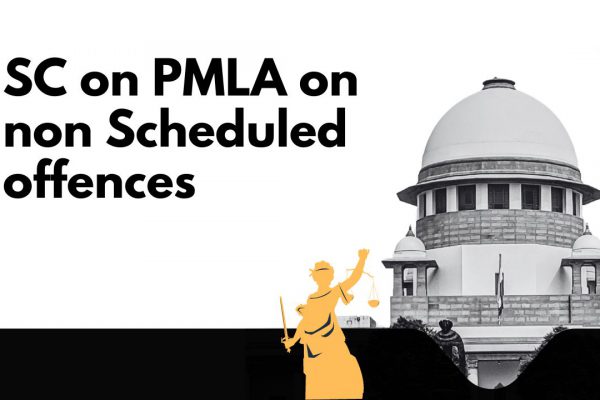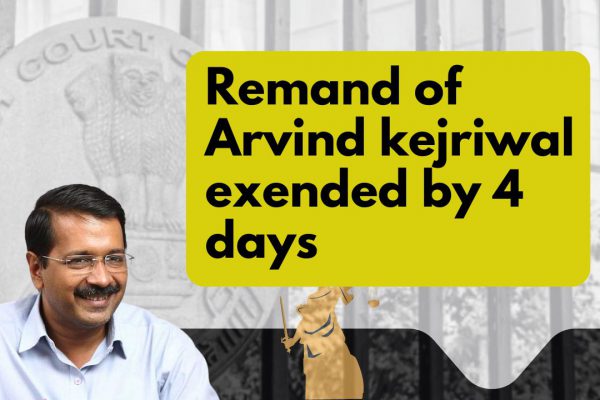NECESSARY INGRIEDIENTS & ADJUDICATION OF SHOW CAUSE NOTICE
NECESSARY INGRIEDIENTS & ADJUDICATION OF SHOW CAUSE-NOTICE – SALIENT FEATURES – PART- II.
WHO IS COMPETENT TO ISSUE SCN?
It is very pertinent as to the person who has issued the Show Cause Notice as the SCN is liable to be quashed. The Superintendent of Central Tax has been designated as ‘Proper Officer’ for the purpose of issuing SHOW CAUSE NOTICE which shall be in form GST DRS-01 – rule 142(1)(a) of CGST Rules, 2017and confirm demand under section 73 of the CGST Act (where suppression of facts is not alleged – in other words, there is no invocation of the extended period of limitation) and Section 74 of CGST Act (where suppression of facts or fraud is alleged – where there is an invocation of the extended period of limitation) as per CBI&C Circular No.3/3/2017-GST dated 05.07.2017 (State Government will prescribe ‘proper officer; for purpose of SGST in the respective State].
TIME PERIOD FOR ISSUE OF SHOW CAUSE NOTICE
In the erstwhile Central Excise Act, 1944, proviso to Section 11A dealt with a situation where extended period of limitation could be invoked. In other words, the Department can go backward for a period of five year from the date of SHOW CAUSE NOTICE. However, in the GST regime, the SHOW CAUSE NOTICE is required to be issued as per Section 73 of GST Act by invoking normal period of limitation of three years and Section 74(2) read with Section 74(10) of CGST Act deals with situation for invoking extended period of limitation of five years. In other words, the Department has a time of five (5) years from the due date of filing of Annual Return for the financial year to which the tax not paid. However, it is incumbent upon the Department to issue SHOW CAUSE NOTICE at least six months prior to time limit as laid down under sub-section 10 of Section 74. In other words, within a period of six months, the following exercise is required to be done:-
a) Supply of documents both relied upon and non-relied upon (if not supplied earlier);
b) Supply of expert report relied upon by the department (if not supplied earlier);
c) Arranging expert report by the assessee in defense of their Case.
d) Examination of witness relied upon by the Department and assessee;
e) Cross-examination of the witnesses of both the sides; and
f) Opportunity of personal hearing
Related Topic:
Time Limit For Compliances And To Issue Show Cause Notice & Filing Appeals
It can be said from experience at the bar the manner in which and the extent to which, things move in the Department, it is a virtually impossible to complete the above exercise within a period of six months and result would be either any of the step would be left out or no adequate and proper opportunity of personal hearing or no opportunity to the assessee to defend the case, would be granted thus leading to serious and grave violation of principal natural justice. Now, providing for a period of three months and six months is extremely inadequate and highly deficient. It is a clear case of giving premium to lethargy and lackadaisical attitude being adopted by some of the officers of the Department who either fail to issue SHOW CAUSE NOTICE within time prescribed and/or complete the process of adjudication of SHOW CAUSE NOTICE. At one time, only, in normal case, only a period of six months was allowed and which, over a period of time, gone up to three years to accord premium to lethargy.
As per Section 73(2) of CGST Act, where there is no invocation of extended period of limitation, the above exercise is required to be completed within a period of three months. How the above exercise would be completed within a period of three months – is any body’s guess. Perhaps, it is another time limit prescribed by law to complete the whole exercise which would never be completed in time. Under the Companies Act, 2013, it is incumbent to decide the petition under Section 241 (i.e. oppression & mis-management) within a period of six months, petitioner would be lucky if it is decided within a period of three years – solely due to highly inadequate number of members who are adoring the Benches and extra-ordinary pressure of work both under Companies Act, 2013 and IB Code,2016.
SECTION 74 INVOKE EXTENDED PERIOD OF LIMITATION.
Now let us try to understand the grounds, reasons, and circumstances, under which, the extended period of limitation of five years could be invoked by the Department while issuing SHOW CAUSE NOTICE under Section 74 of CGST Act. Mere inaction or a mere non-disclosure is not suppression of facts. Suppression means not providing information, which the person is legally required to state, but is intentionally or deliberately not stated. The Supreme Court in the case of Collector v. Chemphar Drugs 1989 (40) ELT 276 has held that mere inaction or failure, on part of manufacturer, will not amount to suppression of facts. Conscious or deliberate withholding of information, when the manufacturer knew otherwise, is required to be established, before saddling the manufacturer with liability of tax for extended period of five years.
However, if SHOW CAUSE NOTICE was issued but kept pending as department had filed appeal against an order adverse to revenue in some other proceedings on the same issue and appeal of department is pending before Appellate Tribunal, High Court or Supreme Court, that time will not be counted for calculating three years/five years limit – section 75(11) of CGST Act.
In Padmini Products v. CCE – 1989 (43) ELT 195 (SC), the assessee did not obtain excise license under belief that the goods are exempt from duty. There was scope for doubt regarding liability of duty. Hence, demand for period beyond period of one year was set aside.
Mere omission to give correct information did not constitute suppression unless that omission was made willfully in order to evade duty. Suppression would mean failure to disclose full and true information with the intent to evade payment of duty as has been held by Supreme Court in the cases of – Continental Foundation Jt. Venture v. CCE (216) ELT 177 (SC) and Anand Nishikawa Co. Ltd. v. CCE 2005 (188) ELT 149 SC.
If a party bonafide believes in a legal position (e.g. that no duty is payable or no license is required in his case) and if there is scope for such belief and doubt, penal provisions of Section 11A of Central Excise Act (now Section 74) will not apply.
NO SUPPRESSION IF DEPARTMENT AWARE OF FACTS:
Extended period of five years is not applicable for any omission on part of assessee, unless it is a deliberate attempt to escape from payment of duty. When facts were known to the department, extended period of five years is not invocable. – PushpamParmaceuticals Co. V. CCE 1995(78) ELT 401 (SC) – quoted with approval in Sarabhai M Chemicals v. CCE (179) ELT 3 Anand Nishikawa Co. Ltd. V. CCE 2005 (188) ELT 149.
MEANING OF WILLFUL MIS-STATEMENT.
A false statement becomes ‘willful’ if it is deliberate or intentional. It is not willful if the statement is accidental or inadvertent. A statement will not be misstatement only because full facts were not disclosed. UOI v. Rajasthan Spinning & Weaving Mills (2009) 238 ELT 3 (SC). DEBIT OF DUTY OR DEPOSIT OF AMOUNT DOES NOTAMOUNT CONFESSION OF GUILT.
During investigation, the officers from Department visits factory, office and residences of Directors and force, undue pressure and torture is inflicted and the parties are compelled to deposit the amount showing as if the amount has been deposited voluntarily by the party. The Tribunal in the case of Gujarat Agrochem Ltd. v/s. C.C.E., Surat [MANU/CS/0385/2010 : 2012 (280) ELT 435 (Tri. Ahmd)] and Dodsal Pvt. Ltd. v/s. CCE – MANU/CM/0807/2005 : 2006 (193) ELT 518, has observed that debit of duty and statements at time of visit of Revenue officers is not sufficient for holding against the party.
ADMISSIBILITY OF COMPUTER PRINT OUT
During the search of the premises of the assessee, various documents viz invoices, kuchhaparchis, slips, note books, pads etc.etc. are seized by the officers of the Department and the Department rely upon those seized documents in support of their case – more particularly about clandestine removal of goods which has been cleared without payment of duty and taxes. The Section 145 of GST Act (previously Section 36B of Central Excise Act, 1944) dealt with admissibility of micro films, facsimile copies of documents and computer print-out as a document and as an evidence. As to the reliability or admissibility of these, Tribunal in the case of Premium Packaging Pvt. Ltd. Vs CCE reported in MANU/CE/1076/2004 : 2005 (184) ELT 165 (Tri.-Del.) has observed as under:-
The Department has no doubt placed much reliance on the provisions of Section 36-B, to sustain the admissibility of the computer printout for proving the charge of clandestine receipt of raw material and manufacture of the final products by the appellants, but admissibility of the printed material under the said Section, has been made subject to the fulfillment of certain conditions, detailed therein. The condition in respect of the computer printout laid down in that Section, as is evident from the reading of its clause (ii), is that, the computer printout containing the statement was produced by the computer during the period over which the computer was used regularly to store or possess the information.
In the instant case, the printouts were not produced by the computer. Peripherals were picked up by the Officers from the Head Office-cum-Sale Depot of the appellants and they were inserted into the computer, and that too, not all but certain information from the part of two zip discs were taken in the absence of the appellants. Certain zip discs were copied out by the Officers in the computer of the Department and that too without associating any authorized person of the appellants’ company.
As observed above, when the appellants wanted to have access to the peripherals and requested for obtaining the information or data from those peripherals, some floppies were found blank while some even could not run on the computer. The hard disc even could not be opened for the reason best known to the Department as all these peripherals remained in their custody after the date of seizure i.e. 30-7-1999.
The Tribunal in the case of Kamal Sponge Steel and Power Ltd. and Ors. vs. CCE : MANU/CE/0035/2019 has observed as under:-
In view of the above orders, there can be no doubt that computer printout can be taken in evidence only if the parameters stipulated in section 35 B (2) of the Central Excise Act 1944 are fulfilled. In the present case, we are unable to find any evidence on record to show that the parameters have been fulfilled. In addition, there is no corroborative evidence to prove correctness of the data/figure in the computer printout. Under the circumstances, we are of the view that it is not proper to take computer printout in evidence in the present case for holding the appellant company guilty of suppression of production and clandestine removal of goods.
EVIDENTIARY VALUE OF DOCUMENTS PRODUCED:
The Section 36A of Central Excise Act, 1944 (now Section 144 of CGST Act) deals, inter-alia, with presumption as to certain documents, which had been seized from the custody and control of any person. The Hon’ble Supreme Court in the case of Bareilly Electricity Supply v. Workmen, MANU/SC/0501/1971 : 1971 (2) SCC 617 has observed as under:-
“When a document is produced in a Court or Tribunal, “mere production of the documents does not amount to proof of it or the truth of the entries therein. The writer must be produced or his affidavit in respect thereof be filed and an opportunity accorded to the opposite party who challenges this fact to assess the probative value of the contents of the documents.“
If you already have a premium membership, Sign In.


